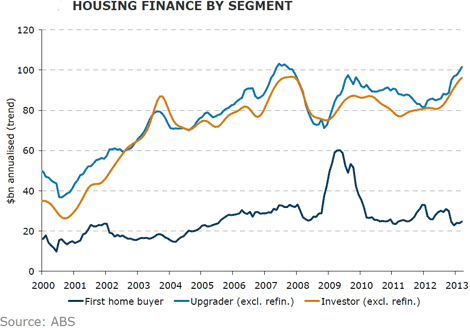Redeveloping parklands in the Gold Coast's Southport will be one of the most significant and largest urban renewal projects ever taken in the area, as part of the 2018 Commonwealth Games.
Premier Campbell Newman confirmed that an agreement had been made with Grocon to be the preferred developer of the 29 hectare site.
"The Commonwealth Games Village will provide essential services and accommodation for 6,500 athletes and officials in Games-mode and will be one of the Games’ most significant legacy projects," said Newman.
"This project will inject an estimated $500 million into the local economy over the next five years and will generate more than 1,500 jobs during its construction phase."
Newman released the Commonwealth Games Village Masterplan yesterday and the design includes more than 1,200 dwellings, including 1,171 one- and two-bedroom apartments and 82 townhouses, across more than 30 new buildings. These buildings will range from single to eight levels in height.
This community is expected to be retained after the Commonwealth Games.
"The developer’s approach is to create a tailored institutional investment vehicle to hold and rent the village dwellings after GC2018, with a gradual sell down over time. Approximately 12 hectares of land will be held by the state for future health and knowledge use," the masterplan details.
Other features include seven hectares of total green and open space and gardens, including a community park, over 6,000 square metres retail precinct and 12 hectares for future health and knowledge development.

Minister for Tourism, Small Business, Events and the Commonwealth Games, Jann Stuckey, said that it will be iconic after the games themselves have passed.
"It will create a great civic space that will no doubt become a focal point as the Gold Coast is propelled onto the international stage," said Stuckey.
"After the Games, Parklands will provide significant infrastructure as it becomes home to people and new businesses as part of a modern, mixed-used community which will include residential and a new business hub for health and knowledge, commercial and retail development."
Meanwhile, Grocon CEO, Carolyn Viney, said that they are thrilled to be part of the redevelopment and delivering value for the Gold Coast.
"Grocon’s design captures the essence of the sub-tropical environment of Queensland’s south coast with special attention being paid to sunlight, shading, natural air flows and water," said Viney.
"The urban and landscape design approach adopts the history and unique characteristics of the Gold Coast and its hinterland, intertwined with the role that water has played, and will continue to play, in shaping the Parklands site."
The masterplan has been submitted for development approval, with construction suggested to begin by early-2015.










